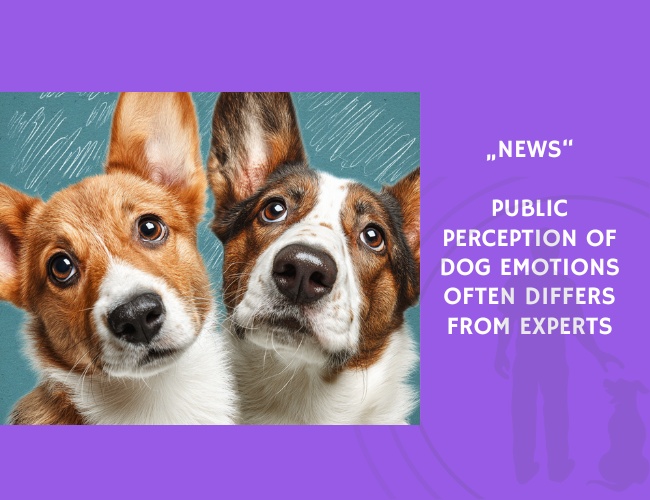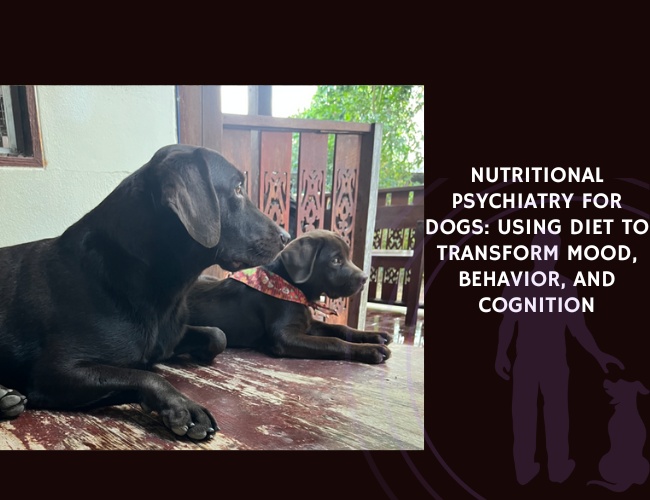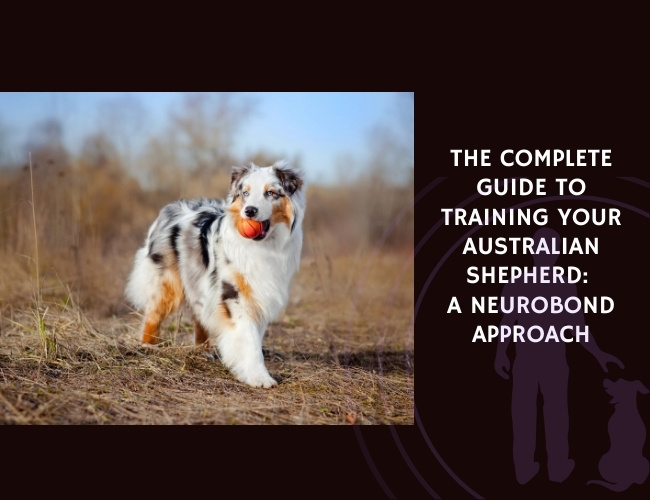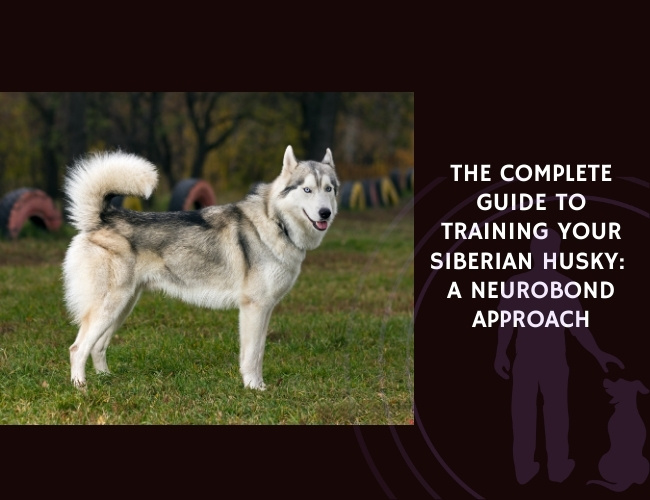A 2025 preprint study led by Lauren Samet and colleagues, published on bioRxiv, examined how well members of the public can recognize emotional and motivational states in dogs based on behavior alone. The researchers recruited 4,133 participants to score 30 silent dog videos on nine emotional categories ranging from “playful” to “anxious.”
Participants rated each video on a 0–15 scale and could also indicate uncertainty by selecting “I am uncertain.” These public ratings were then compared with those from eleven dog behavior experts. After removing the poorly agreed-upon category of “boredom,” eight remaining states with strong inter-expert agreement formed the basis of analysis.
The findings suggest a moderate alignment between public and expert perceptions. Positive states such as “playful,” “excited,” and “curious” were not only more easily perceived by the public but also more likely to be fully scored. In contrast, negative states like “anxious” and “stressed” were often underidentified or left blank by participants, despite being accurately recognized by experts.
Interestingly, public accuracy did not always match confidence. Participants found videos of positively valenced emotions easier to score but weren’t necessarily more accurate in those assessments. Accuracy was instead linked with how often viewers chose to respond fully versus skipping certain emotional labels out of uncertainty.
The study employed principal components and cluster analyses to reduce data complexity and uncover patterns in perception. Results highlight the importance of public education in dog emotional literacy to improve welfare and safety. Misinterpretation of negative emotional states may lead to overlooked stress in dogs or unsafe human-dog interactions.
Overall, the research emphasizes the need for behavior change interventions that help the public distinguish between subtle emotional cues, particularly those that signal discomfort or anxiety in dogs—cues often misread or ignored.
Source: Lauren Samet, J. M. Muschinski, N. D. Harvey, K. Giragosian, M. Upjohn, J. Murray, S. C. Owczarczak-Garstecka. “Public perception of dog emotional and motivational states in videos: A cross-sectional analysis.” bioRxiv, 2025-03-04.










